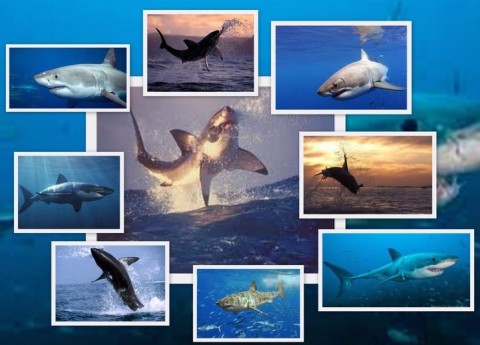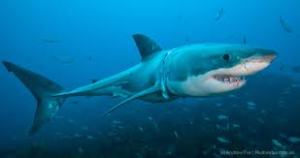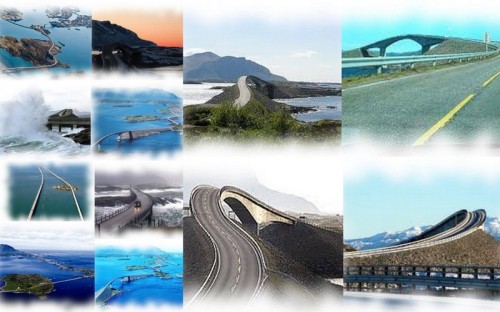The following four minute animated video, “Coral Reefs: Polyps in Peril” is presented by WRI Insights ~ insights.wri.org ~ Submitted by Lauretta Burke on July 9, 2012
We strongly recommend you visit WRI’s site to read the full article,”Everything You Ever Wanted To Know About Coral Reefs“, .
Ocean advocate Céline Cousteau and cartoonist Jim Toomey (creator of Sherman’s Lagoon) teamed up with the World Resources Institute to bring you “Coral Reefs: Polyps in Peril”. This short animated film tells the story of coral reefs with humor and admiration for these wondrous ecosystems. Learn about the unique biology of coral reefs and their importance to people around the world, as well as the serious threats that they face due to overfishing, pollution, and climate change. But don’t let that get you down! The film also explores what individuals can do to help save coral reefs, including supporting sustainable seafood and tourism providers, reducing your CO2 footprint, and promoting coral reef conservation. Published to YouTube on Jul 9, 2012 by WorldResourcesInst
As a prelude to this topic you might like to preview two of my previous blogs on the Great Barrier Reef:
1) “Great Barrier Reef Video” ~ posted March 6, 2012 ~ watch the National Geographic totally awesome and mesmerizing video, “Exploring Oceans: Great Barrier Reef”.
2) “Coral Reefs Are in Crisis” ~ posted May 15, 2012.
In my next blog, “Australia ~ To Create Marine Haven”, I will be including four videos and very interesting data about the species that inhabit the waters of Australia’s ocean and the Great Barrier Reef: Marine Fish; Hard Corals; Sponges and Echinoderms; Marine Reptiles; Marine Mammals and Mollusks.
I hope you all realize how vital the work being done by the World Resources Institute Insights is and will find a way to support their efforts ~ insights.wri.org.
See you back here for Part 2



























